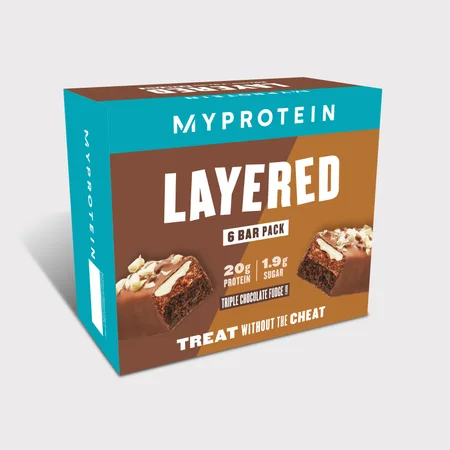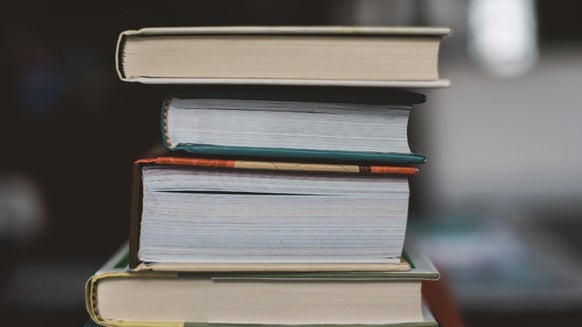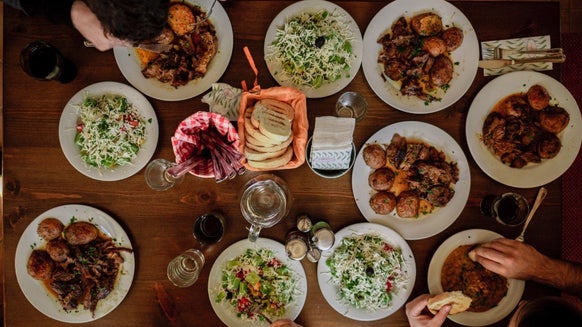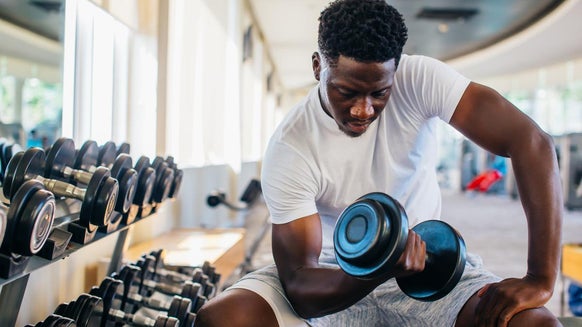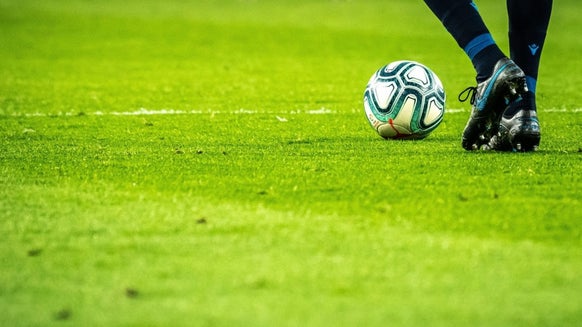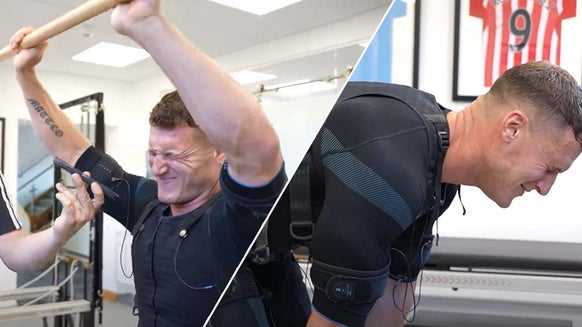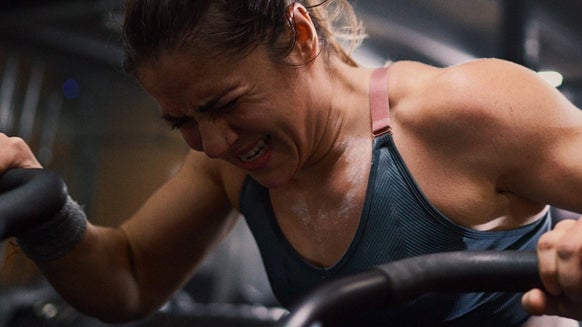Wall Pilates Guide for Beginners
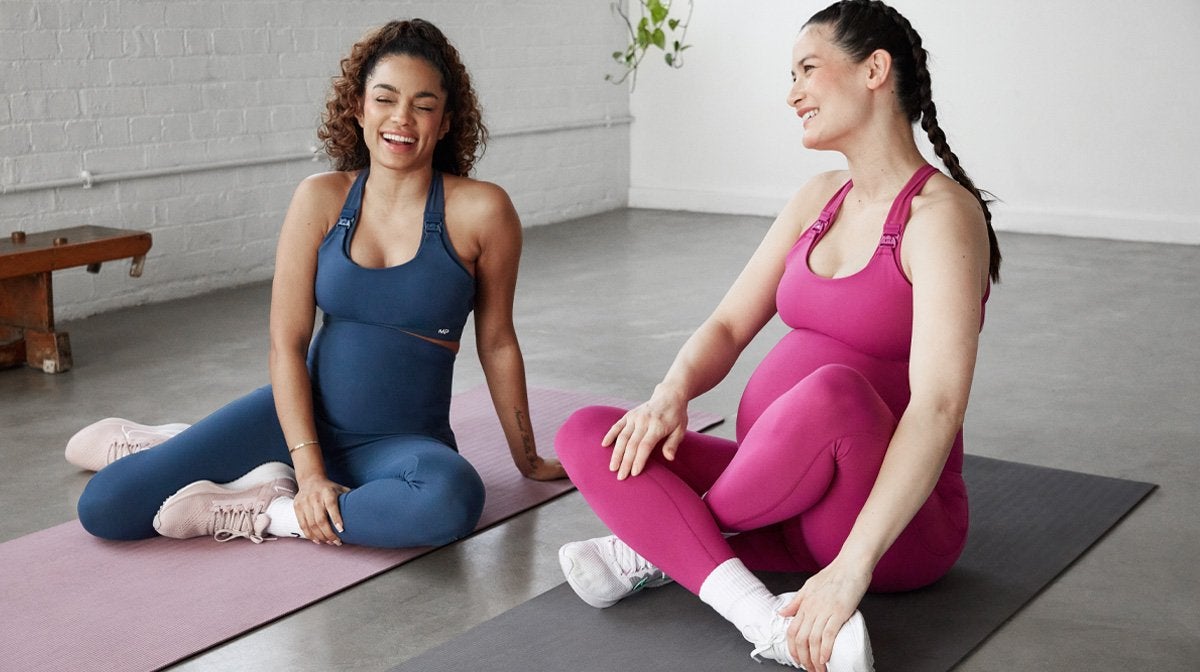
My TikTok feed's been full of people getting into some... interesting positions lately. Naturally, I was curious as to what was going on. Turns out it’s just the latest social media fitness fad: wall pilates.
Now, I've always been a fan of weightlifting more than this sort of workout. But I was initially dubious about yoga too and now I'm a qualified instructor. So what do I know?
I also love trying fun, accessible workouts that people can do from the comfort of their own home, so I decided to give wall pilates a go.
What is Pilates?
Pilates is a low-impact exercise that focuses on strengthening your muscles and improving your posture and flexibility. Workouts are usually done in a class setting and tend to last between 45 minutes and an hour, with slow and precise movements that you control with your breath.
You'll mainly target your core muscles, but it can also involve moves for your arms, glutes, and lower legs too.
So What’s Wall Pilates?
Unlike regular pilates, you don't need any fancy equipment. The movements are slow and controlled, and the wall provides support and stability as you stretch and tone your muscles.
How Effective is Wall Pilates?
It's especially good for beginners, as it helps you reach challenging positions more easily and provides a sense of security.
Benefits of Wall Pilates
1. Improves core strength
Sedentary lifestyles are very common nowadays. Sitting at a desk all day and not spending enough time on our feet can lead to issues like back pain. Often, weak core and posture can make this worse.
Wall pilates is a great way to strengthen your deep abdominal muscles and improve your posture. People tend to think of the stomach muscles when they hear the word “core”, but it also includes muscles in your back and sides too.
The wall offers extra stability for your spine, allowing you to focus on properly engaging your deep abdominal muscles, which can be difficult when doing mat pilates alone.
2. Improves Muscular Endurance And Strength
The impact a workout has on your muscles is crucial to its effectiveness, and muscular endurance is no exception. It's the ability of a muscle or group of muscles to perform repetitive contractions against a force for an extended time.
We often talk about this in terms of reps in the gym or how long you can hold an exercise, like a plank. But muscular endurance is also a form of functional fitness, essential for everyday activities like carrying shopping or lifting your children.
Wall pilates improves muscular strength and endurance through slow, controlled movement patterns and by increasing "time under tension" when discussing progressive overload. The wall also provides extra resistance, allowing you to add "weight" to exercises without using actual weights.
3. Improves Flexibility
Pilates is well-known for improving flexibility while building muscle. The wall can be used to deepen stretches, increasing your range of motion and flexibility in exercises.
4. Low Impact Exercise
The force exerted on your joints during an activity is referred to as its impact. High-impact exercises like running and jumping have a greater impact on joints and feet, and can cause excessive joint pain, especially for people new to exercise or rehabbing from an injury. Low-impact exercises, like stepping and walking, don't put as much strain on your feet and joints.
The wall can be used as support for those recovering from injuries and also as a way of easing your body into more challenging positions.

A Beginner’s Guide to Wall Pilates
As a beginner, it's recommended to practise wall pilates at least twice a week, but many find three times a week to be more effective. You can practise pilates daily, as long as you prioritise recovery, as that's when your muscles build and repair.
Having a set routine will help you remember and measure your progress, and as you progress, you can adapt your routine and add to it.
Wall Pilates Plan
Warm-Up:
Stand tall against a wall, keeping your back against the wall. Take a step back with your feet until they’re six inches away. Tighten your core and keep your shoulders down and relaxed. - As you inhale, slowly roll your spine down the wall, vertebra by vertebra.
- Feel your back muscles stretching as you go down.
- Exhale as you reach the bottom of the roll, keeping your arms parallel to your sides.
- Hold for a couple of breaths.
Inhale as you roll back up to the starting position and repeat this five more times.
Stand next to the wall with one hand on it for support. Raise your outside leg so that your thigh is parallel to the floor. Keep your pelvis level and facing forward. - Place your inside hand on your raised thigh for support.
- Exhale and gently press your raised leg into your hand as you open it out to the side.
- Hold for a couple of breaths.
Inhale and release your leg back to the starting position. Repeat on the other side.
Stand next to the wall with one hand on it for support. Raise your outside leg so that your thigh is parallel to the floor. Keep your pelvis level and facing forward. Swing your leg out to the side and up as high as you can, keeping your pelvis level. Reverse the motion and swing your leg back to the starting position. Repeat on the other side.
Stand next to the wall with your palms flat against the wall at shoulder height. Step your left leg back about two feet, keeping your heel flat on the floor. - Keeping your left leg straight, bend your right knee and lean into the wall until you feel a stretch in your left calf.
- Hold for a couple of breaths.
Release and repeat on the other side.
Main Workout (2 Circuits):
Stand next to the wall with one hand on it for support. Step your left leg back about two feet and press your left palm flat against the wall. Keeping your heel down, bend your right knee and lean your torso forward until you feel a stretch in your left hamstring. Hold for a couple of breaths. Release and repeat on the other side.
Stand next to the wall with one hand on it for support. Tighten your core and raise your right knee up towards your chest. As you raise your knee, press your lower back into the wall. Hold for a couple of breaths. Release and repeat on the other side.
Stand against the wall with a light dumbbell in each hand and your elbows bent at 90 degrees. Tighten your core and slowly raise your arms up until they are parallel to the floor. Hold for a couple of breaths and then lower your arms back to the starting position.
Walls DB Arm Circles
Stand against the wall with a light dumbbell in each hand and your elbows bent at 90 degrees. Tighten your core and slowly raise your arms up until they are parallel to the floor. Trace small circles in the air for 30 seconds, then reverse the direction and continue for another 30 seconds.
Stand with your back against the wall, with your feet about two feet away from it. Place your hands flat on the wall at shoulder height. - Tighten your abs and press your chest towards the wall as you slide your hands up until your arms are fully stretched overhead.
Hold for a couple of breaths and then return to the starting position.
Stand with your back against the wall, with your feet about two feet away from it. - Slowly lower yourself down the wall until your thighs are parallel to the floor.
Hold this position for 30 seconds or as long as you can manage.

Cool-Down:
- Begin seated on the floor with your back against the wall and legs stretched out in front of you.
- Spread your legs so that they are about hip-width apart.
Tighten your abs and press your lower back against the wall. - From here, reach out and tap your right toes with your left hand.
Alternate sides for 45 seconds or as long as you can manage.
Begin seated on the floor with your back against the wall and legs stretched out in front of you. Spread your legs so that they are about hip-width apart. Tighten your abs. - From here, twist your torso to the right and reach your left hand out to touch the ground outside your right leg.
- Reverse the twist and reach your right hand out to touch the ground outside your left leg.
Alternate sides for 45 seconds or as long as you can manage.
- Sit on the floor with your back against the wall and your legs bent in front of you, soles of your feet touching.
- Let your knees fall open to the sides and press your low back against the wall.
- From here, reach your arms overhead and arch your back away from the wall.
Hold for a couple of breaths and return to the starting position.
Sit on the floor with your back against the wall and your legs bent in front of you, soles of your feet touching. Let your knees fall open to the sides and press your low back against the wall. From here, reach your arms overhead and fold forward from the hips, allowing your head and shoulders to hang heavy. Hold for a couple of breaths and return to the starting position.
Take Home Message
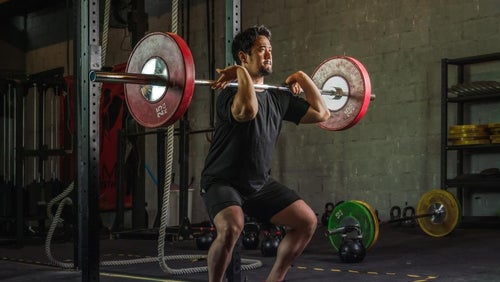
German Volume Training | Training Programme
Is the TikTok hype deserved on this one? Our PT gives answers.
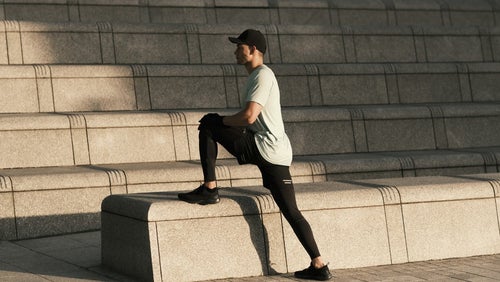
Don't Sleep On Hip Flexor Exercises
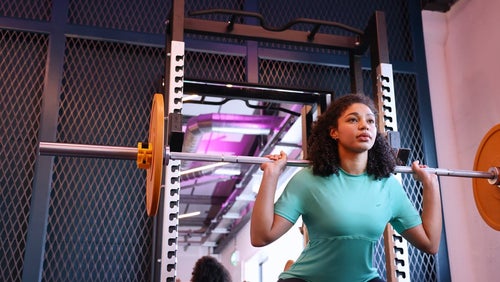
13 Habits to Improve Your Workout | Helpful Tips and Tricks
It's the little things that count ...


